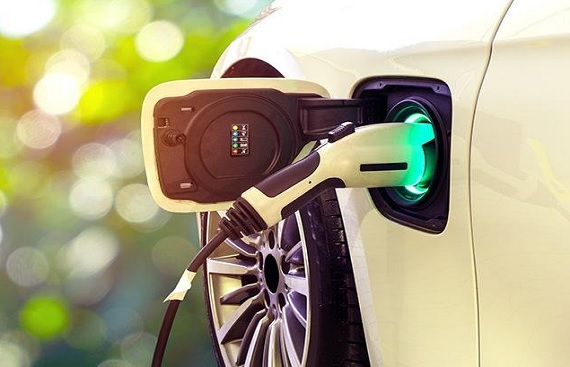Tata Motors working on the master app to present information on the location of EV charging stations
By
siliconindia | Tuesday, 25 July 2023, 04:34 Hrs

Tata Motors is working on a master app that will give information on the location and availability of electric vehicle (EV) charging stations to its consumers in a bid to accelerate EV adoption and simplify the range anxiety of consumers. The firm that dominates the local market for electric vehicles, which had a 71% share in the April-June quarter, is most likely to introduce the app this fiscal year. With a significant customer base in place, the firm started collecting information and is doubling down on its efforts to secure visibility on the charging ecosystem for EV owners, Tata Motors Passenger Vehicles and Tata Passenger Electric Mobility managing director Shailesh Chandra.
“In the last three years, we have seen growing consideration for electric vehicles among prospective buyers on the back of validation from existing users. There used to be a lot of anxiety among consumers regarding the availability of charging stations for their vehicles. We have started taking several measures, including educating consumers to address these concerns,” he said. Most users charge electric vehicles at home or in office complexes, Chandra said.
For customers who want to purchase electric vehicles but do not have dedicated parking spots, Tata Motors, in collaboration with Tata Power, has commenced work to set up community charging facilities in residential societies. Tata Power has already installed more than 1,275 chargers in 175 societies. The community charging facilities have 6-7 chargers and can cater to 30 cars. “This will be the next big unlock (to accelerate the adoption of EVs),” he said.
With electrification moving beyond early adopters and becoming more mainstream, it is also imperative to have a reliable public fast-charging network across all major highways, Chandra said. “We need an extensive network of charging stations at strategic locations where users can top-up their electric vehicles within an hour. This will help cut down battery size, make electric vehicles more affordable, ease range anxiety and speed up adoption of e-vehicles, even for long-haul travel,” he said.
To meet the infrastructure requirements of its customers, oil companies like Bharat Petroleum Corp have started setting up charging points at their fuel pumps. BPCL targets establishing 7,000 charging points within the next two years. According to industry estimates, there are about 6,500 public chargers for cars in the country. Chandra said as more automakers launch electric vehicles and charging infrastructure develops, the share of electric powertrains will increase in the overall sales of passenger vehicles. “Last year, about 50,000 EVs were sold in the country. But sales have been going up every quarter,” he said. “The geographic reach is also increasing. For Nexon EV, sales initially were centered on the top 20 cities. In Tiago EV, more than 50% of the sales come from beyond the top 20 cities. Many buyers have even started purchasing an electric vehicle as a primary car.” Tata Motors’ sales volumes doubled to 19,346 EVs in the first quarter of this financial year. The company is set to cross the milestone of selling 100,000 EVs in the local market shortly.
